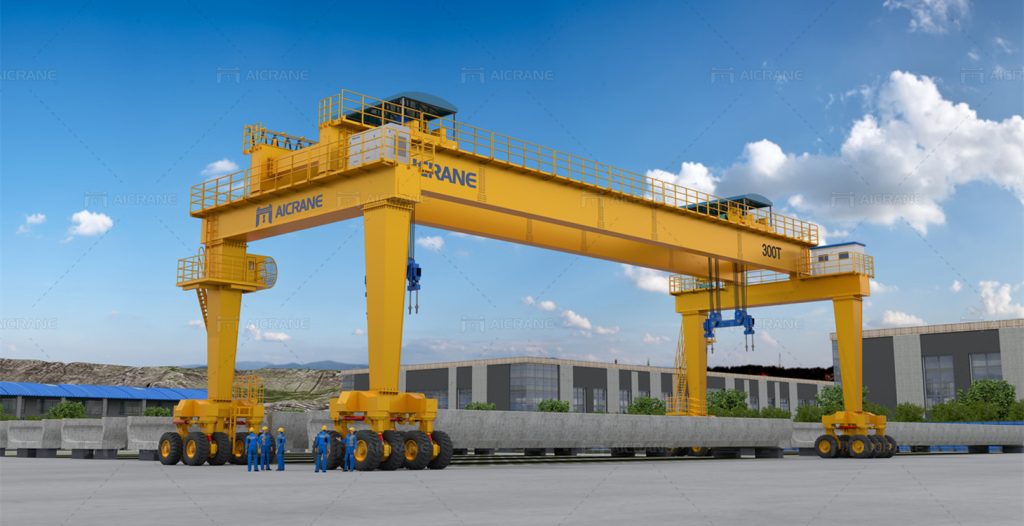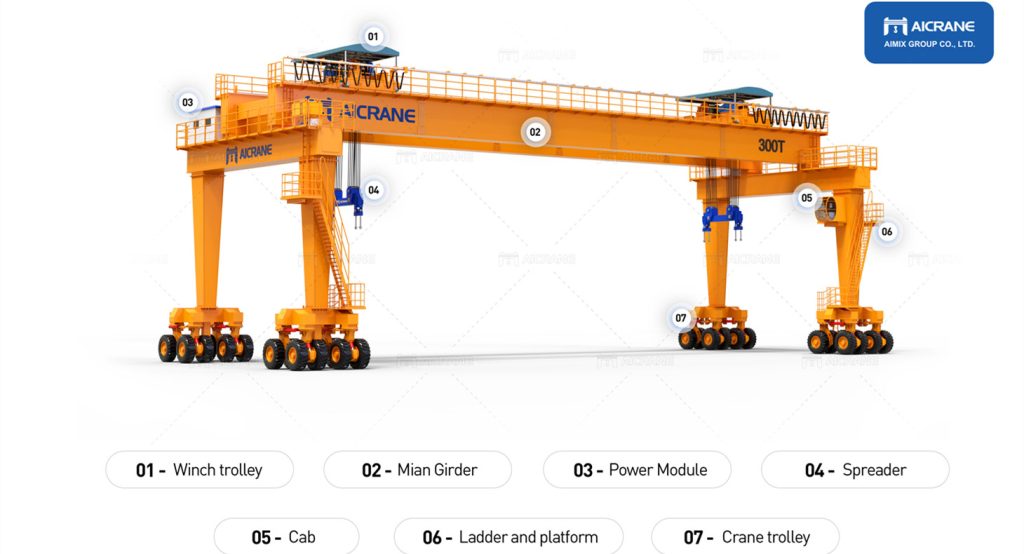A straddle carrier is a specialized vehicle used primarily in ports and container yards for stacking and transporting shipping containers. These carriers are indispensable for efficient container handling and logistics management. However, the cost of acquiring a straddle carrier can be substantial. Understanding the factors that influence the straddle carrier price is crucial for businesses looking to make an informed purchasing decision. This passage will explore the key elements that affect the price of straddle carriers, providing insights into the complexities of their pricing.

Manufacturing and Material Costs
The primary factor influencing the straddle carrier price is the cost of manufacturing and materials. Straddle carriers are constructed using high-quality steel and other durable materials to ensure they can withstand the heavy loads and harsh operating environments. The price of steel and other raw materials fluctuates based on market demand, availability, and geopolitical factors. Additionally, the manufacturing process involves advanced technology and precision engineering, which can also drive up costs.
Design and Specifications
Straddle carriers come in various designs and specifications to meet different operational requirements. The price of a straddle carrier is significantly influenced by its design features, such as:
Load Capacity: Higher load capacity straddle carriers, capable of handling heavier containers, are generally more expensive due to the need for stronger materials and more robust construction.
Stacking Height: Straddle carriers with the ability to stack containers higher require more advanced engineering and stability features, leading to increased costs.
Speed and Maneuverability: Enhanced speed and maneuverability features, such as advanced steering systems and faster engines, can add to the overall price.
Technological Advancements
Modern straddle carriers are equipped with sophisticated technologies to improve efficiency, safety, and automation. Some of these technological advancements that influence the straddle carrier price include:
Automation and Remote Control: Fully automated or remotely controlled straddle carriers require advanced software and hardware systems, increasing their cost.
Safety Systems: Enhanced safety features such as collision avoidance systems, load monitoring sensors, and automated emergency braking systems add to the price.
Energy Efficiency: Straddle carriers with energy-efficient engines, such as hybrid or electric models, may have higher upfront costs due to the advanced technology involved.
Brand and Manufacturer Reputation
The brand and reputation of the manufacturer play a significant role in the straddle carrier price. Established manufacturers with a proven track record of reliability, durability, and excellent after-sales service often command higher prices. These manufacturers invest heavily in research and development, quality control, and customer support, which are reflected in the cost of their products. Conversely, lesser-known brands may offer lower prices, but they may also come with compromises in quality, technology, or support.

Customization and Optional Features
Many businesses require straddle carriers with specific features tailored to their unique operational needs. Customization options can significantly influence the straddle carrier gantry crane price. Some common customization and optional features include:
Specialized Grippers and Spreaders: Custom grippers and spreaders designed to handle different types of cargo add to the cost.
Climate Control: Air-conditioned cabins or heating systems for operators can increase the price.
Enhanced Lighting and Visibility: Additional lighting systems and cameras for improved visibility and safety can raise the cost.
Import and Export Costs
Straddle carriers are often imported from manufacturers located in different countries. Import and export costs, including shipping, tariffs, and taxes, can significantly affect the final price. Geopolitical factors, trade agreements, and changes in import/export regulations can also impact these costs. Businesses need to consider these additional expenses when budgeting for a straddle carrier heavy duty gantry crane.
Maintenance and After-Sales Support
The availability and cost of maintenance and after-sales support can influence the straddle carrier price. Manufacturers that offer comprehensive maintenance packages, extended warranties, and readily available spare parts may charge higher upfront prices. However, these services can provide long-term cost savings by reducing downtime and extending the lifespan of the equipment. Evaluating the total cost of ownership, including maintenance and support, is essential when considering the initial purchase price.
Market Demand and Economic Conditions
Market demand and broader economic conditions can also impact the price of straddle carriers. During periods of high demand, such as a boom in global trade or port expansion projects, prices may rise due to increased competition for available units. Conversely, during economic downturns, manufacturers may lower prices to stimulate sales. Monitoring market trends and economic indicators can help businesses time their purchases to take advantage of favorable pricing conditions.
Financing and Leasing Options
Finally, the availability of financing and leasing options can influence the perceived cost of a straddle carrier. Some manufacturers and financial institutions offer attractive financing plans or leasing options, making it easier for businesses to acquire straddle carriers without significant upfront investment. While these options may add to the overall cost through interest or leasing fees, they provide flexibility and can be an essential factor in the purchasing decision.
The straddle carrier price is influenced by a multitude of factors, ranging from manufacturing costs and technological advancements to market demand and economic conditions. By understanding these factors, businesses can make informed decisions, balance their budgetary constraints with operational needs, and select the straddle carrier that offers the best value for their investment. Careful consideration of these elements ensures that the chosen straddle carrier will meet operational requirements while providing long-term reliability and efficiency.